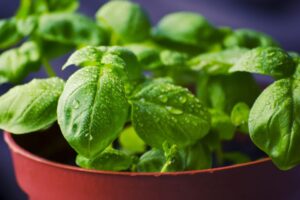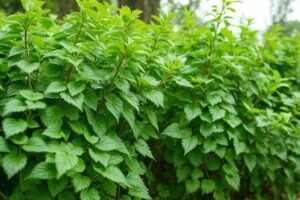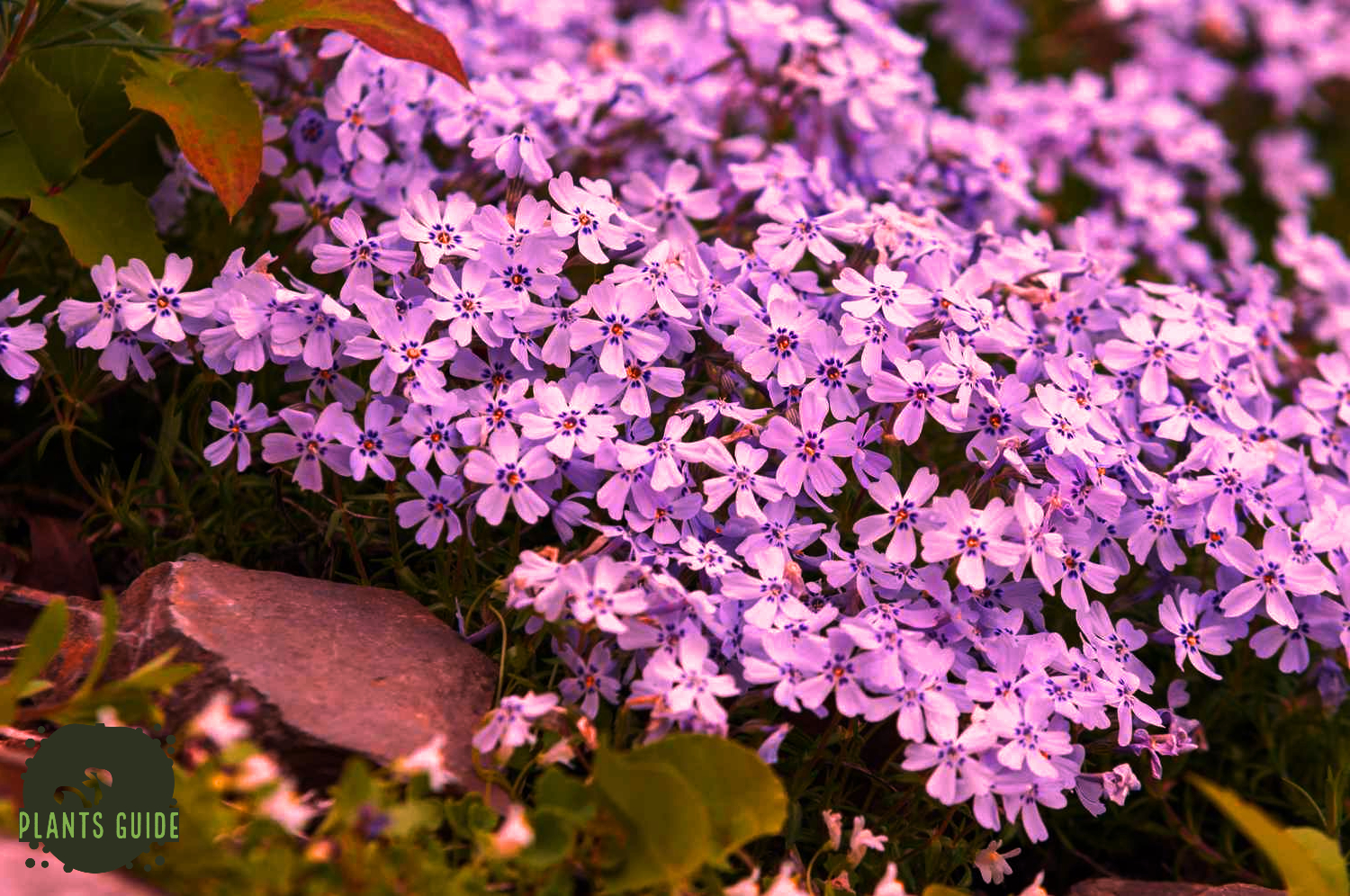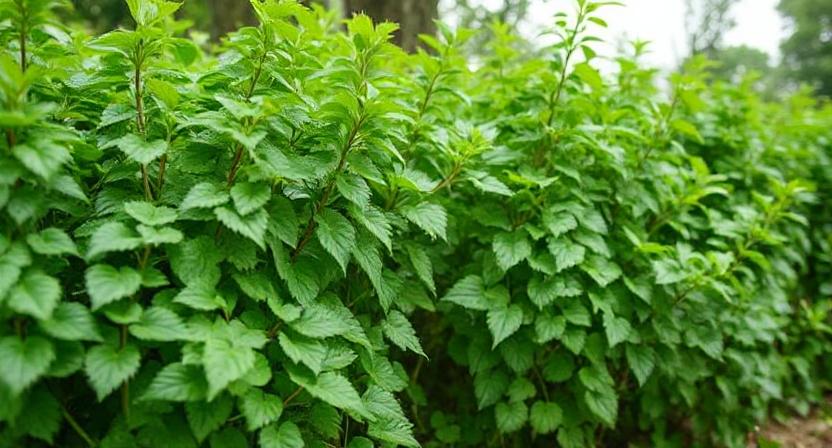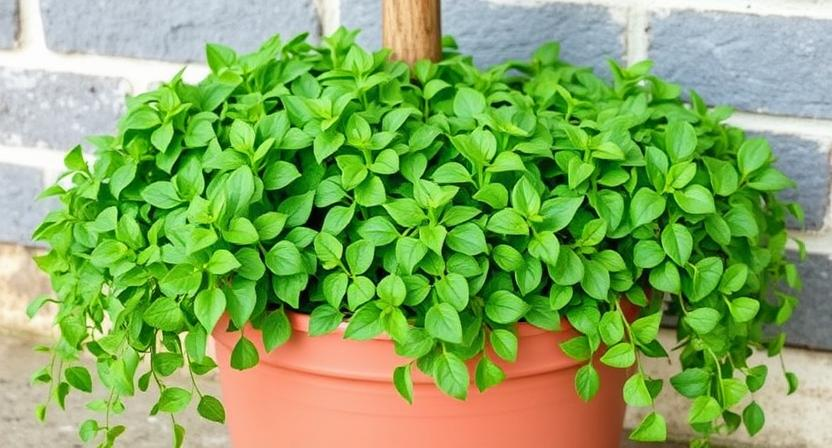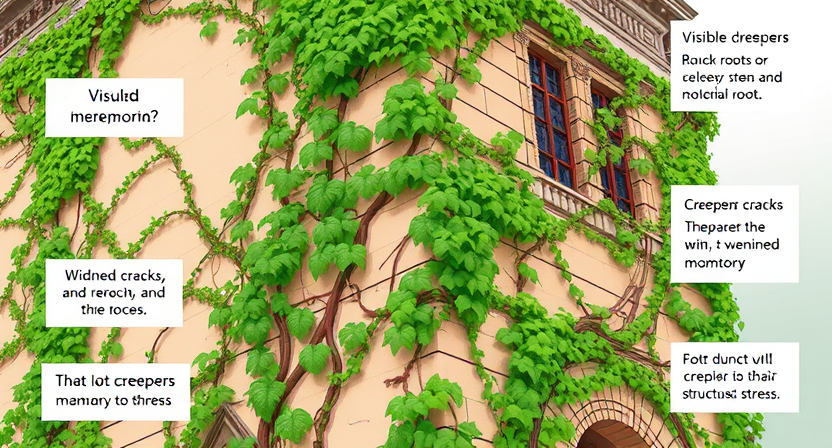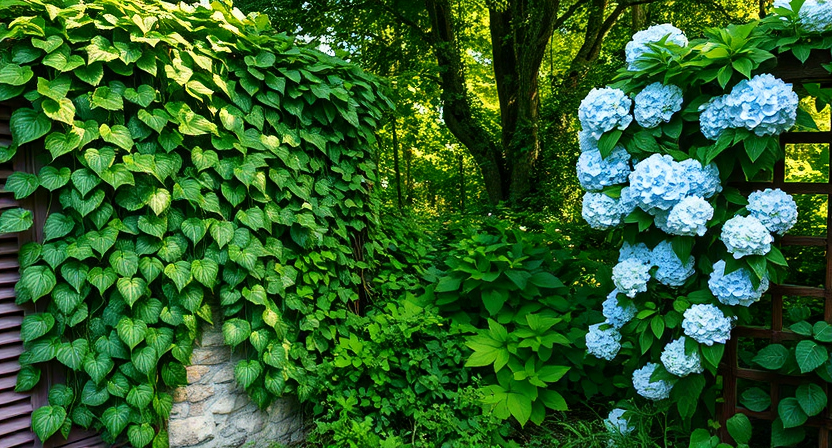Introduction
Creeper plants are beautiful, but they can be delicate. If you want to keep your creeper healthy and happy, it’s important to know how to care for it properly. In this guide, we’ll cover what a creeper plant is and why they need extra care, how to find the right soil type for them, how much water and sunlight they need, what types of food sources work best with their growing cycle—and more! Let’s get started on caring for your new friend:
What is a Creeper Plant?
A creeper plant is a type of plant that creeps or crawls. Creeper plants are ideal for growing in hanging baskets, as they can provide a beautiful display on the wall or ceiling. There are many different types of creeper plants, including honeysuckle, ivy and creeping jenny (Lysimachia nummularia).
Creeper plants are great for use indoors or outdoors as they require little maintenance once established. They can be grown in containers or directly into the ground at your home or garden center!
Why Do Creeper Plants Need Extra Care?
Creeper plants are vulnerable to pests, diseases and environmental conditions. This means that they need extra care in order to thrive. Creeper plants are also more challenging than other types of houseplants because they grow in a vertical direction rather than horizontally like most other flowering plants do.
How to Find the Right Soil for Your Creeper
Creeper plants need a soil that drains well. A mixture of potting soil and peat moss is a good choice, as it will provide the right level of acidity for creeper plants. The best way to make sure your creeper’s roots don’t get overwatered is to water in the morning or evening so the excess moisture has time to evaporate before nightfall.
How to Water Your Creeper Correctly
Watering your Creeper is an important part of keeping it healthy and happy. The best way to do this is by watering the plant once a week for three minutes. You should only water your Creeper when its soil has dried out completely, as overwatering can cause root rot (which will kill the plant). If you have an automatic drip system set up for your creeper, make sure that it’s watered at least once every three days in order to keep its roots from drying out too much between watering sessions.
If possible, avoid watering during midday hours; this will help prevent sunburn on leaves and flowers that may occur due to direct exposure during these periods of high heat production within plants’ structures themselves
How to Feed Your Creeper Correctly (And When)
As a rule, creeper plants should be fed with a balanced fertilizer in the fall. This will ensure that your plant has all of the nutrients it needs for winter and spring growth. If you do not have time to fertilize your creeper plant during this period, you can also use an artificial liquid fertilizer (such as Miracle-Gro) once a month throughout the growing season.
How often should I feed my Creeper?
The frequency with which you feed will depend on what type of fertilizer and how much sun exposure your Creeper gets. If you’re using an organic product like compost or manure (which are both great at adding organic matter), then feel free to add more frequently than if using synthetic chemicals like Miracle-Gro which tend not be able to absorb into soil very quickly due their chemical nature – meaning they might stay on top instead getting absorbed into roots where they could do some good!
How to Maintain a Healthy Environment Around Your Creeper
- Keep your Creeper away from pets and children. Plants are not toys, and they should not be treated as such. If you have a creeper on display in the living room, make sure there are no small children or curious pets who could knock it over and damage its leaves or roots.
- Keep your Creeper away from direct sunlight and drafts. Like most plants, creepers prefer to grow in indirect light that filters through windows but isn’t too bright–the same kind of light that would be found under trees in nature! They also don’t do well with sudden changes in temperature; if you live somewhere where temperatures dip below freezing during winter months (or above 80 degrees Fahrenheit during summer months), consider keeping your creeper inside during those times so it doesn’t freeze or bake itself alive!
With the right care, your creeper will thrive.
Creeper plants are easy to care for, making them a great choice for beginners and kids. They’re also low maintenance–you won’t need to spend hours tending to your creeper plant every day. Creeper plants are good for the environment because they don’t require much water or fertilizer, which means less waste in our landfills!
If you want your creeper plant to thrive, here are some tips on how you can care for it:
Conclusion
Creeping vines are beautiful, but they can be difficult to care for. They require a lot of attention and proper care in order to thrive. If you want your creeper plant to be healthy and happy, then follow these tips!



